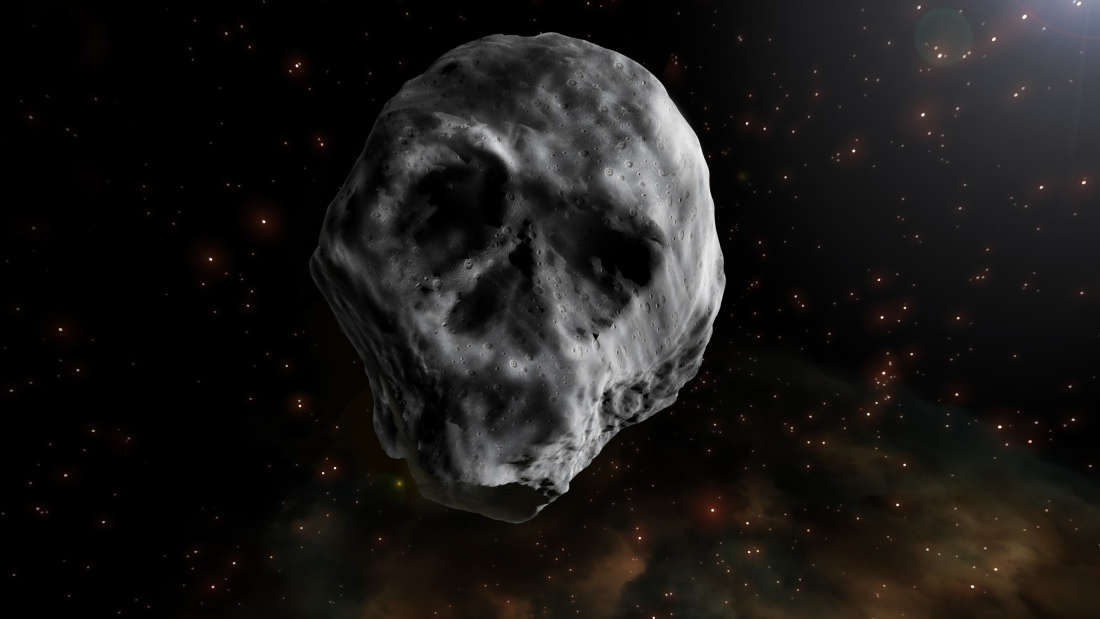Bizarre Skull Asteroid Will Return To Earth In 2018
An asteroid that bears a striking resemblance to a skull is set to pass Earth again next year, having last done so on Halloween in 2015.
Called 2015 TB145, the asteroid is about 625 to 700 meters (2,050-2,300 feet) across, and rotates once every three hours. It swung past our planet on October 31, 2015, at a distance of 486,000 kilometers (302,000 miles), having been spotted three weeks earlier. That’s just 1.3 times the distance of the Moon.
And in November 2018, the asteroid should pass relatively near our planet again. This time around it’ll be quite distant, about 105 times further than the Moon, but close enough to study. The next time the object comes really close will be in 2088, when it will pass about 20 times further than the Moon.
“Although this approach shall not be so favourable, we will be able to obtain new data which could help improve our knowledge of this mass and other similar masses that come close to our planet,” Pablo Santos-Sanz from the Institute of Astrophysics of Andalusia (IAA-CSIC) said in a statement.
Santos-Sanz and his colleagues published a paper in the journal Astronomy and Astrophysics that described some of the findings from the last pass, using the Very Large Telescope (VLT) in Chile to make their findings.

They were able to discern its exact rotation period, 2.94 hours to be exact, although they note it could also be 4.78 hours as that would also match their optical data. They also determined the shape, seen as a flattened ellipsoid, and found that it reflected only about 5 to 6 percent of incoming sunlight.
“This means that it is very dark, only slightly more reflective than charcoal,” said Santos-Sanz.
It’s thought the asteroid could be an extinct comet, losing its water and other volatile compounds as it orbited the Sun. That’s somewhat similar to the interstellar object ‘Oumuamua, which also appeared to be some sort of comet disguised as an asteroid.
The next pass of this Halloween asteroid won’t be too dramatic. But it should be interesting all the same, with scientists hoping to learn more about its unusual characteristics.
